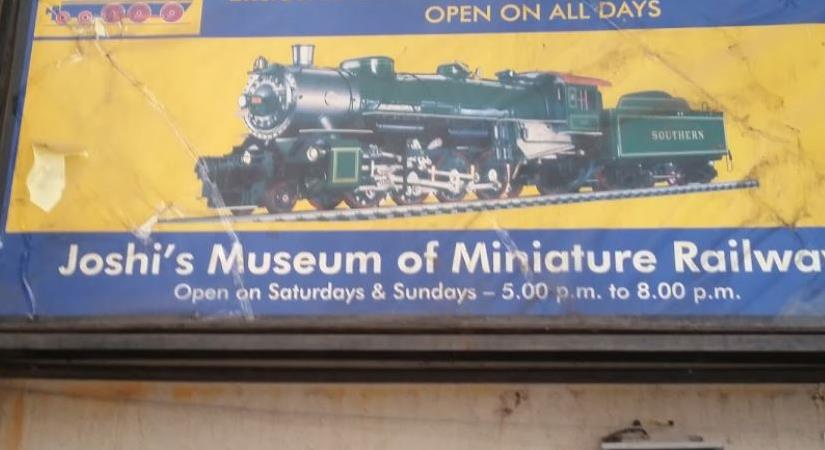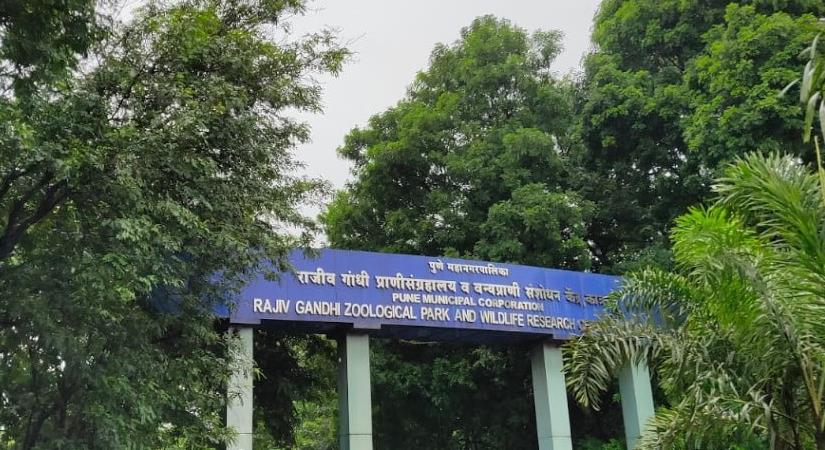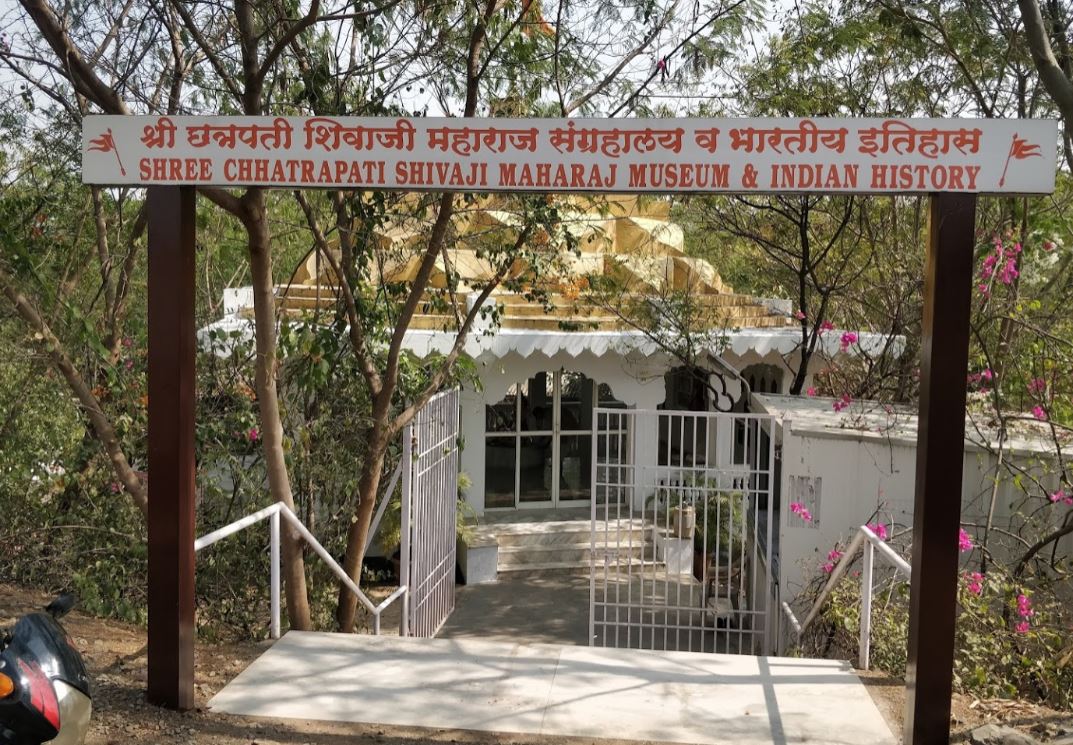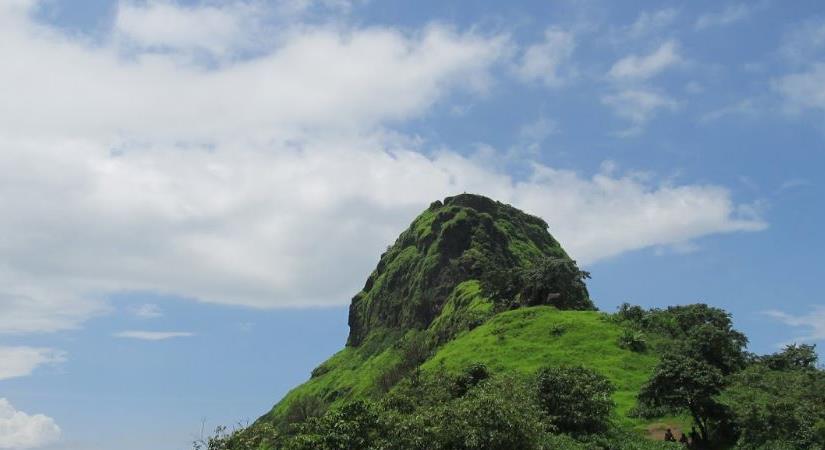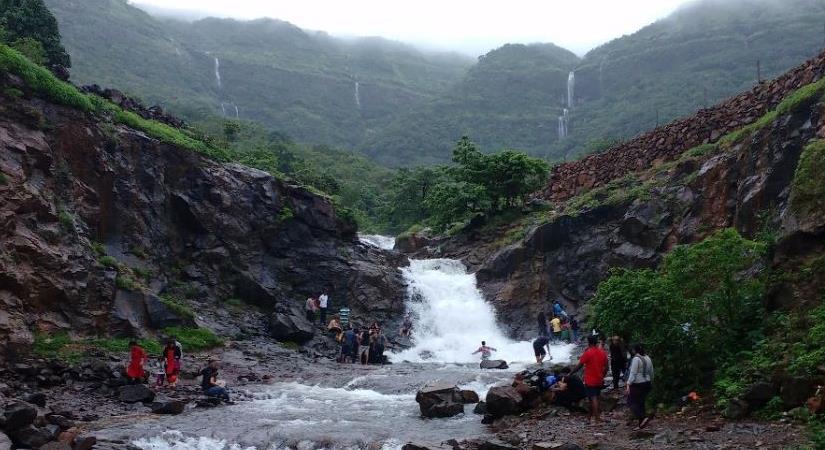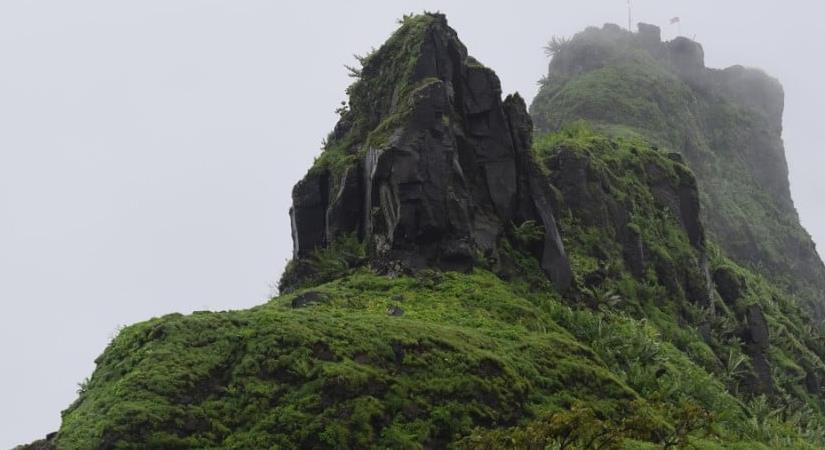Shaniwarwada, is an old fort in Pune, Maharashtra.
This 286-year-old mansion is not just a building, it’s a masterpiece of architectural excellence that even today stands as a testament to the grandeur of the Peshwa era. And let me tell you, folks, it’s a tourist spot that you don’t want to miss!
Built by the legendary Peshwa Bajirao I himself, this magnificent mansion covers an area of 625 acres.
So, once you’re inside the palace, prepare to be amazed by its various forts and fountains, and the majestic statue of Baji Rao I that greets you at the entrance. But beware, the place is ridden with tales of treachery and deceit, which adds a layer of drama to the history.
And if you’re a believer in ghosts, then you’re in for a treat, as it’s said that on a full moon night, the fort is haunted by the ghost of a former Peshwa king Narayanrao, who was murdered in the palace by his own kin. But let’s face it, there’s not a shred of evidence to support such claims, so don’t chicken out, explore the palace and make your own judgement.
What’s more, this was also the site of the famed romance between Peshwa Bajirao and Mastani Sahiba. In fact, one of the gates has been named after her! Who knows, you might even feel the sparks of their romance still lingering in the air!
Now, let’s talk about the construction of this magnificent palace. The teak for the construction was imported from the jungles of Junnar; lime was fetched from the lime-belts of Jejuri, and stone was brought from the quarries of Chinchwad. And guess what? The total cost incurred in the construction at that time was INR 16,110! A sum that was considered to be a fortune in those times.
But the Peshwas didn’t stop there. They added fortification walls with gates and bastions, court-halls, fountains, and reservoirs. And to add a touch of beauty, they painted the walls with scenes from the Mahabharata and the Ramayana. And let’s not forget about the beautiful teak doorways and the marble floors covered with Persian rugs. It’s no wonder that the Peshwa dynasty was known for their grandeur and style.
So, folks, don’t forget to visit the Ganpati Rang Mahal, which was the place for all religious functions of the Peshwas and housed a giant statue of Lord Ganesha. And if you’re a history buff, you’ll be fascinated to know that a few surviving cannons can also be found here: one at the entrance and one within the complex.
The Shaniwar Wada is open every day from 8:00 AM to 6:30 PM. The entry ticket to the palace costs INR 5 per head for Indians and INR 125 for foreigners. But hey, that’s not all! You can also watch the Light and Sound Show, which is a real treat, but it’s not included in the entry fee.
The Shaniwarwada was normally the seven-storey capital building of the Peshwas of the Maratha Empire. It was supposed to be made entirely of stone but after the completion of the base floor or the first storey, the people of Satara (the national capital) complained to the Shahu(King) saying that a stone monument can be sanctioned and built only by the Shahu(King) himself and not the Peshwas. Following this, an official letter was written to the Peshwas stating that the remaining building had to be made of brick and not stone. Even today if you visit and see the walls carefully, they are partly made of stone and partly by bricks. The Wada was then completed and upon being attacked by the British Artillery 90 years later, all the top six stories collapsed leaving only the stone base, which was immune to the British artillery. Hence only the stone base of the Shaniwar Wada remains and can be seen even today in the older parts of Pune. By 1758, at least a thousand people lived in the fort.
In 1773, Narayanrao, who was the fifth and ruling Peshwa then, was murdered by guards on orders of his uncle Raghunathrao and aunt Anandibai. A popular legend has it that Narayanrao’s ghost still calls for help on full moon nights. Various people, working around the area, have allegedly reported the cries of “Kaka mala vachava”(Uncle, save me) by Narayanrao Peshwa after his death.
In June 1818, the Peshwa, Bajirao II, abdicated his Gaadi (throne) to Sir John Malcolm of the British East India Company and went into political exile at Bithoor, near Kanpur in present-day Uttar Pradesh, India.
On 27 February 1828, a great fire started inside the palace complex. The conflagration raged for seven days. Only the heavy granite ramparts, strong teak gateways and deep foundations and ruins of the buildings within the fort survived.
According to Haricharitramrutsagar, a biographical text of Bhagwan Swaminarayan, he had visited Shaniwarwada on the insistence of Bajirao II in 1799.
